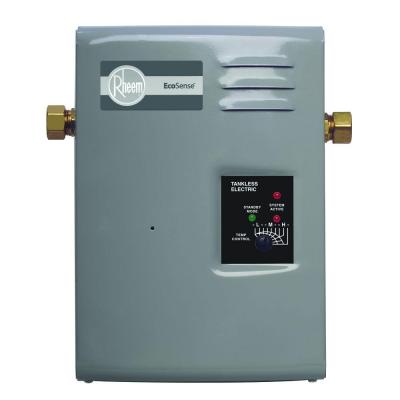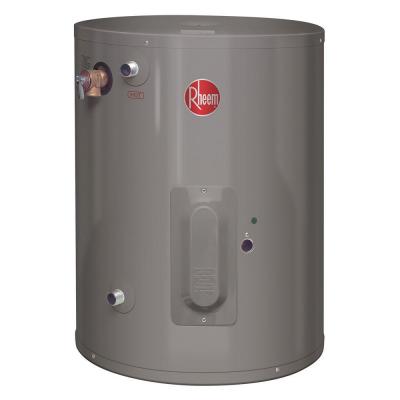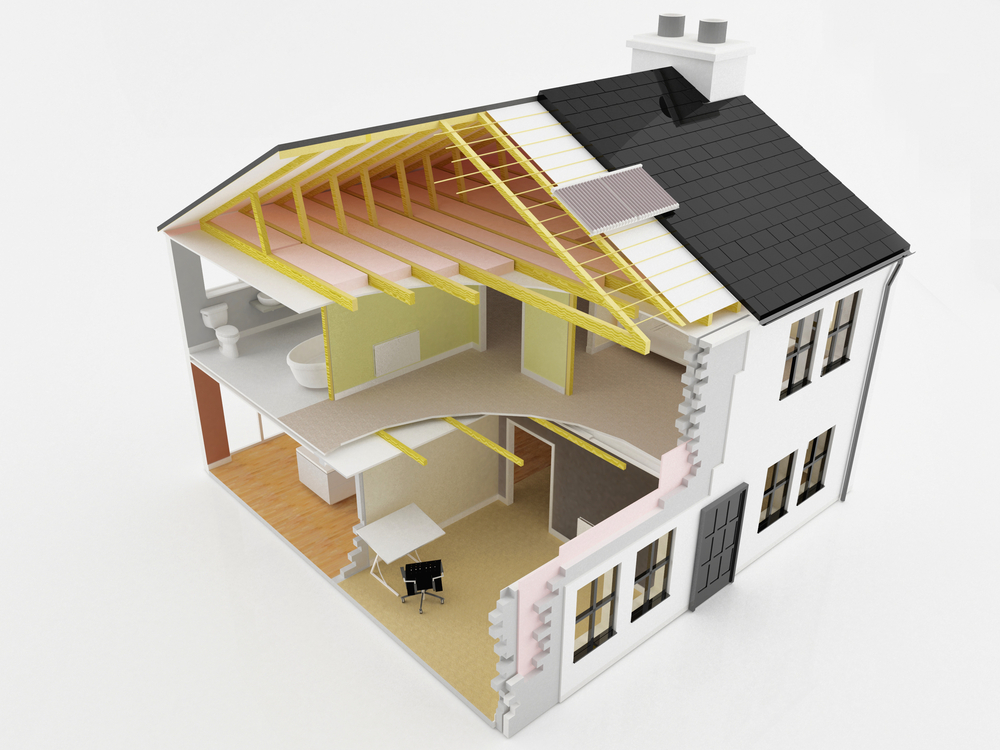What’s Hot: Tankless Water Heaters for Rental Housing

Property owners who could be pinched by new regulations for gas and electric water heater tanks may be able to offer a hot new amenity to residents.
Technological advances and lower costs are making tankless water heaters something worth considering. The upside is that less water and electricity are used and space that houses tanks can be otherwise utilized.
The gas tankless heater market is growing while tankless electric heaters are more of an option than they were a few years ago. Installation of gas units, which have been on the market a while, are increasing in new construction. Electric tankless heaters, although they don’t carry as much firepower as their gas counterparts, are becoming a good alternative as point-of-use solutions.
“The tankless market, gas in particular, is growing,” says Jim Connors, Rheem Water Heating’s retail business director. “It’s very strong in the new construction space, and much more often than not a whole home application.”
In April, the National Appliance Energy Conservation Act enacted new regulations to make water heaters more energy efficient. Some gas and electric heaters are now wider to allow for added insulation, which could create space issues when older tanks are replaced.
Better technology, lower costs make tankless systems attractive
Connors says tankless water heaters have improved in technology and have become less expensive, which makes them a viable alternative for the changing landscape of heating water.
“The recent regulations basically resulted in a lot of water heaters getting bigger and more expensive for traditional tank type,” he said. “What that means, is tankless becomes a more realistic solution, not only because it can save space but also because of the price gap between traditional tank type and tankless is actually narrowed.”
Pricing has lowered enough that once prohibitive upfront costs for gas and electric change-outs are easier on the budget. Upgrading is still expensive, Connors said, but not like before. A tankless gas retrofit is three or four times higher, while a tankless electric is two or three times more, depending upon any necessary upgrades in gas or electrical service.
Energy and water use savings can help offset the higher cost. Tankless units are over 90 percent energy efficient and can be installed closer to the fixtures they serve, which reduces waste by users waiting for hot water to get hot. Plus, tankless electric water heaters are not pressure vessels and don’t require temperature and pressure relief valves, which makes installation easier.
Home size, floorplan layout should be considered when choosing
Tankless water heaters heat water instantaneously via either a gas burner or electric element without the need for a storage tank. Units are usually mounted on the wall between the incoming cold water connection and the outgoing hot water line, and can be installed by a plumber if no gas or electrical modifications are required.
The size of either a gas or electric tankless system – or use – depends on the floorplan. Locations of baths, kitchens and other areas that need hot water may determine the effectiveness of going tankless.
Gas units are usually capable of heating water for an entire home, and may make more sense than electrics. While the gas supply line size may have to be increased, the meter is typically the right size and does not require an expensive replacement.
Expecting a large tankless electric water heater to heat whole living spaces can be a little more challenging. An upgrade to the electrical service system with two 60-amp breakers can be required and costly.
“That becomes cost prohibitive and it becomes very difficult, in which case you are paying for an electrician and a plumber to do the installation of the water heater,” Connors said.
One way, however, is to install multiple smaller-output tankless electric units in kitchens, baths and other areas where hot water is required. The units are smaller and pull enough amperage already provided in the home, so an electrical upgrade may not be necessary.
“With tankless electric, the market is really moving to a point-of-use solution,” Connors said.
Under right circumstances, gas and electric tankless may be the way to go
The key, he said, is understanding the capabilities of either gas or electric tankless systems and using them in the right way.
Going tankless, Connors says, may not be the right solution, depending on where the home is located. Incoming water temperature affects how well tankless units operate, unlike in a tank system where water is heated in advance and dispersed at a desired temperature. Gas and electric systems may struggle to adequately heat water in traditionally colder climates.
“There is a lot of education required with these types of products throughout the supply chain whether it’s a home owner making a selection for themselves or contractors doing installations,” Connors said. “The education piece is real, real critical. It will work great if it’s in the right application but tankless is not the right solution for everybody.”










